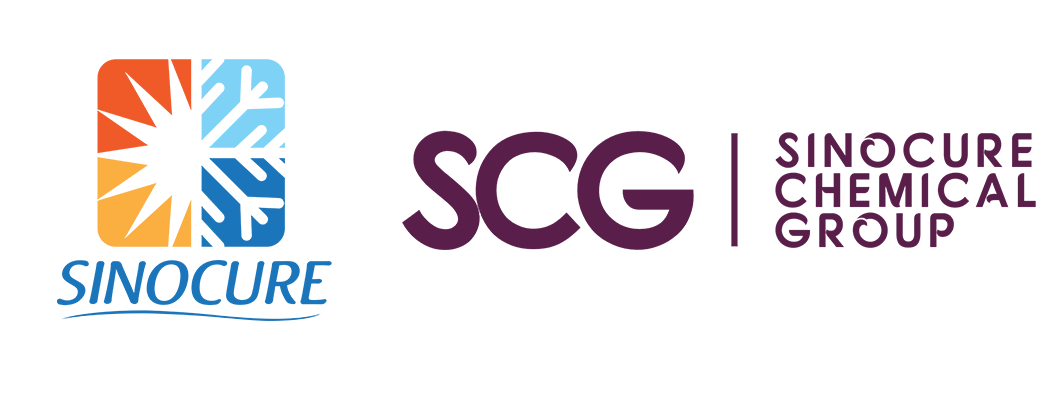
The Role and Applications of Butyl Glycolate CAS 7397-62-8 in Industrial Formulations
Introduction
Butyl Glycolate (CAS 7397-62-8), commonly known by its commercial name SASOLATE® BG, is an ester-based solvent with wide industrial applications. Characterized by a low volatility, high boiling point, and faint odor, Butyl Glycolate is predominantly used in paint formulations, printing inks, and other chemical products requiring high performance in terms of gloss, flow properties, and uniformity. This compound’s unique chemical properties allow it to function as an effective flow agent, blushing preventer, and film-forming aid in various systems. In this essay, we will explore the chemical nature of Butyl Glycolate and its diverse applications, with a focus on the industries that benefit most from its use.
Chemical Nature of Butyl Glycolate
Butyl Glycolate is an ester formed by the reaction of butanol and glycolic acid, both of which contribute to its excellent solvent properties. It has a relatively high boiling point of around 211°C, and a low volatility, which makes it particularly useful in situations where evaporation of solvents could lead to undesirable outcomes, such as inconsistent finishes or environmental impact. Its chemical formula and structure give it a distinct ability to interact with a wide range of polymers and resins, enhancing the flow and curing properties of paints and coatings.
The ester group present in Butyl Glycolate plays a critical role in its solvency power, allowing it to dissolve and interact with various components in chemical formulations. The relatively high molecular weight and low vapor pressure make it an ideal solvent for systems where extended application time and controlled evaporation are necessary.

Applications of Butyl Glycolate
The versatility of Butyl Glycolate makes it a vital additive in numerous industrial applications, particularly in the coatings and printing ink sectors. Below, we discuss the primary applications of Butyl Glycolate and how it enhances performance in each.
Paint Additive and Flow Agent
One of the most significant applications of Butyl Glycolate is in the formulation of nitrocellulose lacquers. As a flow agent, Butyl Glycolate improves the smoothness and gloss of the lacquer finish. When added at concentrations ranging from 3% to 5%, it significantly enhances the flow properties of nitrocellulose lacquers, contributing to a more uniform and aesthetically pleasing finish. This makes it ideal for high-quality finishes required in various products, from furniture to automotive coatings.
The application of Butyl Glycolate in leather lacquers based on nitrocellulose is another area where it demonstrates its unique properties. Increasing the concentration of BG further enhances the gloss and provides a smooth, consistent finish, which is crucial in leather goods such as footwear, bags, and upholstery.
Beyond its role as a flow agent, Butyl Glycolate’s low volatility and faint odor make it especially valuable in brush-applied paints. In these applications, a faint odor is highly desirable, particularly in environments where ventilation is limited, such as in residential or enclosed spaces. The faint odor ensures that the applied paint does not emit unpleasant smells during or after application.
Blushing Prevention and Film Formation in Coatings
Butyl Glycolate is widely employed to prevent blushing in paints, particularly those based on cellulose acetate, alkyd resins, and oil paints. Blushing occurs when excessive moisture or humidity causes cloudiness or a milky appearance in the applied coating. By adding Butyl Glycolate, the hydrophilic properties of the paint are reduced, preventing the absorption of moisture and ensuring a clear, uniform finish.
In oil-based paints, the addition of 1% to 2% Butyl Glycolate has been shown to prevent wrinkling that can occur when paints are applied in humid conditions. This is particularly important in artistic and industrial coatings, where the visual appearance and structural integrity of the film are essential. In these applications, Butyl Glycolate acts as an anti-wrinkling agent, helping to produce a smooth and even paint film.
Stoving Finishes and Printing Inks
The addition of Butyl Glycolate in stoving finishes helps in the even distribution and uniform flow of the coating, particularly during the heat-curing process. These finishes are commonly used for industrial coatings that require curing at elevated temperatures. By improving the flow and uniformity of the paint film, Butyl Glycolate ensures that the finished product exhibits a smooth, high-quality surface that is both durable and visually appealing.
In printing ink formulations, Butyl Glycolate is valued for its high boiling point and low volatility, making it particularly effective in systems where precise control over evaporation rates is essential. The faint odor of BG also ensures that the printing process does not release strong odors, which is particularly important in environments like printing presses and packaging factories. Furthermore, Butyl Glycolate’s ability to enhance dilatability—the ease with which a material spreads or flows—has a positive impact on printing ink formulations, ensuring smooth application and consistency in the final product.
Polyvinyl Acetate Dispersions
Butyl Glycolate also plays a key role in modifying the minimum film-forming temperature (MFFT) of polyvinyl acetate dispersions. Polyvinyl acetate is a widely used polymer in adhesives, paints, and coatings. However, the MFFT of these dispersions can be high, making them difficult to apply at lower temperatures. The addition of Butyl Glycolate effectively lowers the MFFT, allowing the dispersion to form a solid film at a broader range of temperatures. However, it is important to note that when Butyl Glycolate is added to these systems, initial thickening may occur due to the partial dissolution of polymer particles. To prevent this, slow addition of BG is recommended, and it is advisable to emulsify BG with an equal quantity of water before incorporating it into the formulation. This method ensures smooth blending and prevents unwanted thickening.
Manufacturing Considerations and Practical Use
While Butyl Glycolate is highly effective in the above applications, its use requires careful handling during formulation. As mentioned, slow addition and pre-emulsification with water are important steps to avoid problems such as initial thickening in polyvinyl acetate dispersions. Manufacturers must also be aware of the solubility limits and compatibility of Butyl Glycolate with other ingredients in the formulation, ensuring that it does not compromise the stability or performance of the final product.
Safety, Handling, and Environmental Impact
When handling Butyl Glycolate, safety protocols must be followed to avoid potential health risks. Although the compound is considered to have a relatively low toxicity, appropriate protective measures such as gloves, goggles, and adequate ventilation should be used. Manufacturers and users should refer to the Safety Data Sheet (SDS) for comprehensive guidelines on handling, storage, and disposal.
In terms of environmental impact, Butyl Glycolate is biodegradable, but like any chemical used in industrial processes, it should be managed in accordance with local environmental regulations. Ensuring proper disposal and minimizing the release of solvents into the environment are critical for maintaining sustainability in industries where Butyl Glycolate is used.
Conclusion
Butyl Glycolate (CAS 7397-62-8) is an essential compound in a variety of industrial applications, particularly in paints, coatings, and printing inks. Its low volatility, high boiling point, and faint odor make it an ideal additive for improving the flow, gloss, and uniformity of coatings. Whether it is enhancing the performance of nitrocellulose lacquers, preventing blushing in cellulose acetate paints, or modifying the properties of polyvinyl acetate dispersions, Butyl Glycolate demonstrates its versatility as a high-performance solvent and functional additive. Proper handling and formulation are necessary to maximize its effectiveness, and safety considerations must be followed to ensure its responsible use. As industries continue to innovate, the role of Butyl Glycolate as a key ingredient in advanced chemical formulations will remain indispensable.
